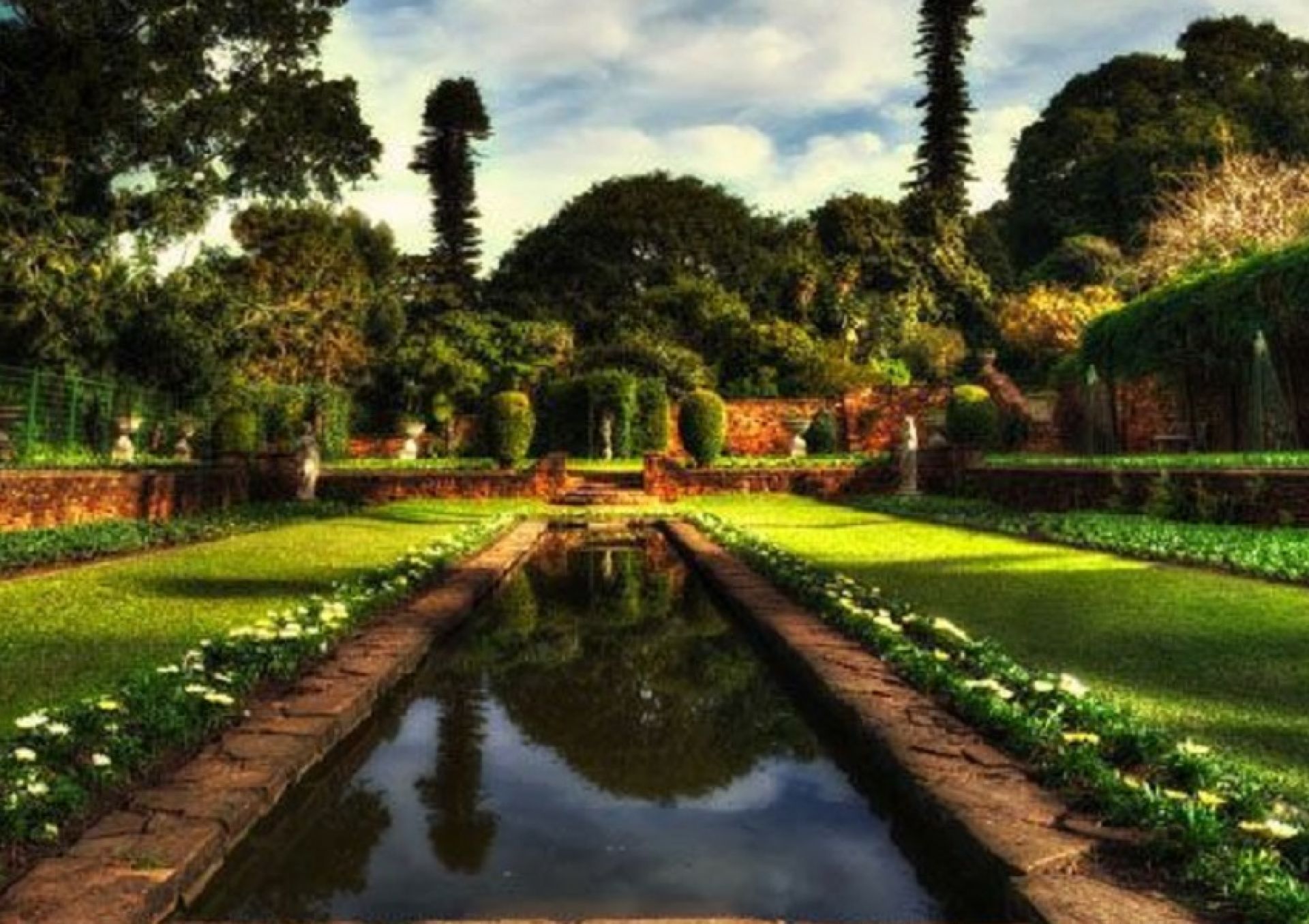All content and media files are published under a Creative Commons Attribution-ShareAlike 4.0 International License (CC BY-SA 4.0)
From Africa you expect dunes, desert plains, and an infinite number of shades of beige-brown. Therefore, when you find yourself in the Durban Botanic Gardens, you do not believe that you are in South Africa. The incredible number of shades of green is confusing.
Broad-leaved palms and beautiful orchids have been pleasing the eyes of locals and tourists since 1849. Now, it is the oldest preserved botanical garden in the south of the continent. It is incredibly fresh, calm, and beautiful. The atmosphere is relaxing, even a little sleepy from the abundance of oxygen.
The gardens cover an area of 15 hectares, where there are many incredible plants. There are also those plants that are actively used in construction, medicine, and even the production of clothing. And there are those plants that give aesthetic pleasure.
There are more than one, two or even three groups of plants in the Durban Botanic Gardens. There are a lot of them: ferns, orchids, palms, cycads, and many others. They coexist harmoniously together. A beautiful addition to the stunning garden is the butterfly garden. This is a truly magical place. The park is still very young. It was created in 2015. Mostly you can find butterfly food plants in the garden. Also, the leaves of these flowers are designed to hide the future offspring of butterflies.
Not only tourists walk along the paved paths, passing by huge palm trees, stopping near orchids. There are a lot of schoolchildren, students, and professors here. The main goal of the park is not entertainment and aesthetic pleasure, as it may seem. People are engaged in the study and conservation of rare plant species here. Love for plants is instilled here from an early age. Children are taught to take care of flowers.
Students of the local school are told not only what the plant consists of and how it grows. They are immersed in the culture of their people. Traditional methods of treatment and rituals have long been associated with the use of plants.
